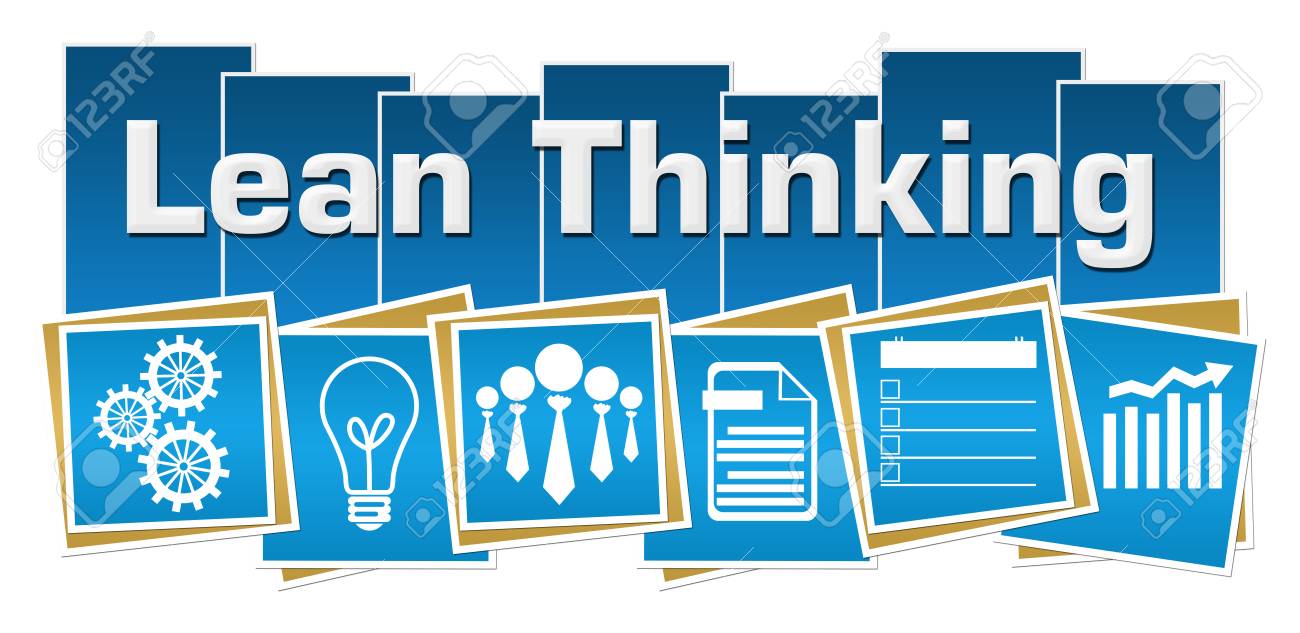- Home
- CDC ASIA PACIFIC CONSULTANCY
LEAN MANUFACTURING
Introduction
Lean means “manufacturing without waste.” Waste (“muda” in Japanese) has many forms.
Material, time, idle equipment, and inventory are examples. Most companies waste 70%-90% of their available resources. Even the best Lean Manufacturers probably waste 30%.
Lean Manufacturing and Cellular Manufacturing improve material handling, inventory, quality, scheduling, personnel and customer satisfaction.
Aims and Objectives of Lean Manufacturing Transform companies into ‘Superior Global Competitors’ is the one and only aim of Lean Manufacturing.
For the purpose of this workshop, the main objective would be to familiarize participants with this unique concept of Lean Manufacturing. This should whet the appetite enough for participants to encourage YOUR ORGANIZATION ….. to meet the ‘aim’ – to transform companies into Superior Global Competitors.
Lean Manufacturing, the modern way for all industries to progress steadily towards World Class Performance


Eliminating Waste
✅ How the core disciplines of Lean Manufacturing attack waste
Workcells and Flow Lines
✅ How cellular manufacturing results in less handling, faster throughput, higher productivity and better quality
✅ How to design a basic one- product workcell
✅ Why One-Piece Flow is advantageous and how to achieve it
Rapid Setup
✅ Why fast, predictable setups smooth production and enable smaller lots
✅ How to achieve faster and more consistent setups
Work Teams
✅ Why cells and teams complement and reinforce one another
✅ What teams need for success
Pull & Synchronous Scheduling
✅ To install and operate an elementary Kanban system
✅ Why simple visual systems outperform computers in many situations
Kaizen & TQM
✅ Variability and The Normal Curve How Control Charting Prevents Defects
✅ Problem-Solving Teams to Improve The Process
Why Lean?
✅ Be customer focused: Be on-time, responsive, flexible, and fast. Simplify and standardize workflows: Mimic continuous flow, minimize WIP, use visible measures.
✅ Manage capacity: Increase process uptime, reduce set-up times, find “lost” capacity.
✅ Eliminate waste: Identify non-value adding activities, then modify, combine, or eliminate those tasks.
✅ JIT: Not too early and never late; not just-in-case inventory but just-in time production and delivery; products must always be made right the first time; equipment must always work when needed.
✅ Introduction – the cost management process in Lean Management
✅ The risks of poor cost control


Understand Financial Statement for Cost Reduction
✅ Capital and revenue costs
✅ The importance of cost awareness
✅ Understand Financial Statement – Sales /COGS /SGA / Tax/ Nett Profit
✅ Identify the high cost area
✅ Identify the non Value add in the cost perspective
✅ The importance of cost reduction Cost management – the key aspects
✅ How to build a cost management and control process checklist for your areas of responsibility through Project Management
Eliminate Waste with Lean
✅ Identify the waste
✅ Identify the types of waste
✅ Use pull scheduling instead of push scheduling.
✅ Schedule to the rate-determining step (the bottleneck)
✅ Facilitate fast feedback
Components of Lean Overview of the Components of Lean:
✅ Value Stream Mapping,
✅ Workplace Organization, Predictability & Consistency,
✅ Set-up Reduction,
✅ TPM,
✅ Visual Factory,
✅ Support Processes, & Continuous Improvement.


Manufacturing Losses in the Lean Perspective
✅ Productivity Perspective
✅ Productivity Understanding
✅ Losses in the manufacturing – 16 losses
✅ Identify the losses
✅ Understanding the losses
✅ Measuring the losses Continuous Improvement
✅ Basic concept of continuous improvement
✅ Improving Equipment losses
✅ Improving Human Efficiency
✅ Improving Production Resources
Session 3 - Implementing Lean towards Cost Reduction
Data Drives Lean
✅ Focus efforts on projects that lead to tangible saving.
✅ Calculation techniques to generate data include:
Time studies, equipment loading, TAKT time, staffing requirements, process yields, & CTQ.


Roadmap for Lean
✅ Start with the people issues.
✅ Focus on workplace organization then, use value stream analysis and process workflow analysis to establish effective layouts. Where to focus next depends on specific needs.
✅ Use targeted Kaizen events to speed changes. Do not overlook the need to modify support processes
Transform companies into ‘Superior Global Competitors’ is the one and only aim of Lean Manufacturing. For the purpose of this workshop, the main objective would be to familiarize participants with this unique concept of Lean Manufacturing.
This should whet the appetite enough for participants to encourage YOUR ORGANIZATION ….. to meet the ‘aim’ – to transform companies into Superior Global Competitors.
Lean Manufacturing, the modern way for all industries to progress steadily towards World Class Performance


Methodology The workshop session is made up of interactive and practical training, with tools and techniques for each module.
The program methodology used includes a combination of:
✅ Experiential activities in the workshop
✅ Case Studies
✅ Participation / Projects
✅ Group Presentation
✅ Development and Implementation of Lean Manufacturing
✅ Participative Workshops with a Group
✅ Individual Learning and Reflection Team Learning, Reflection, and Support
✅ Enhancing learning through Video

